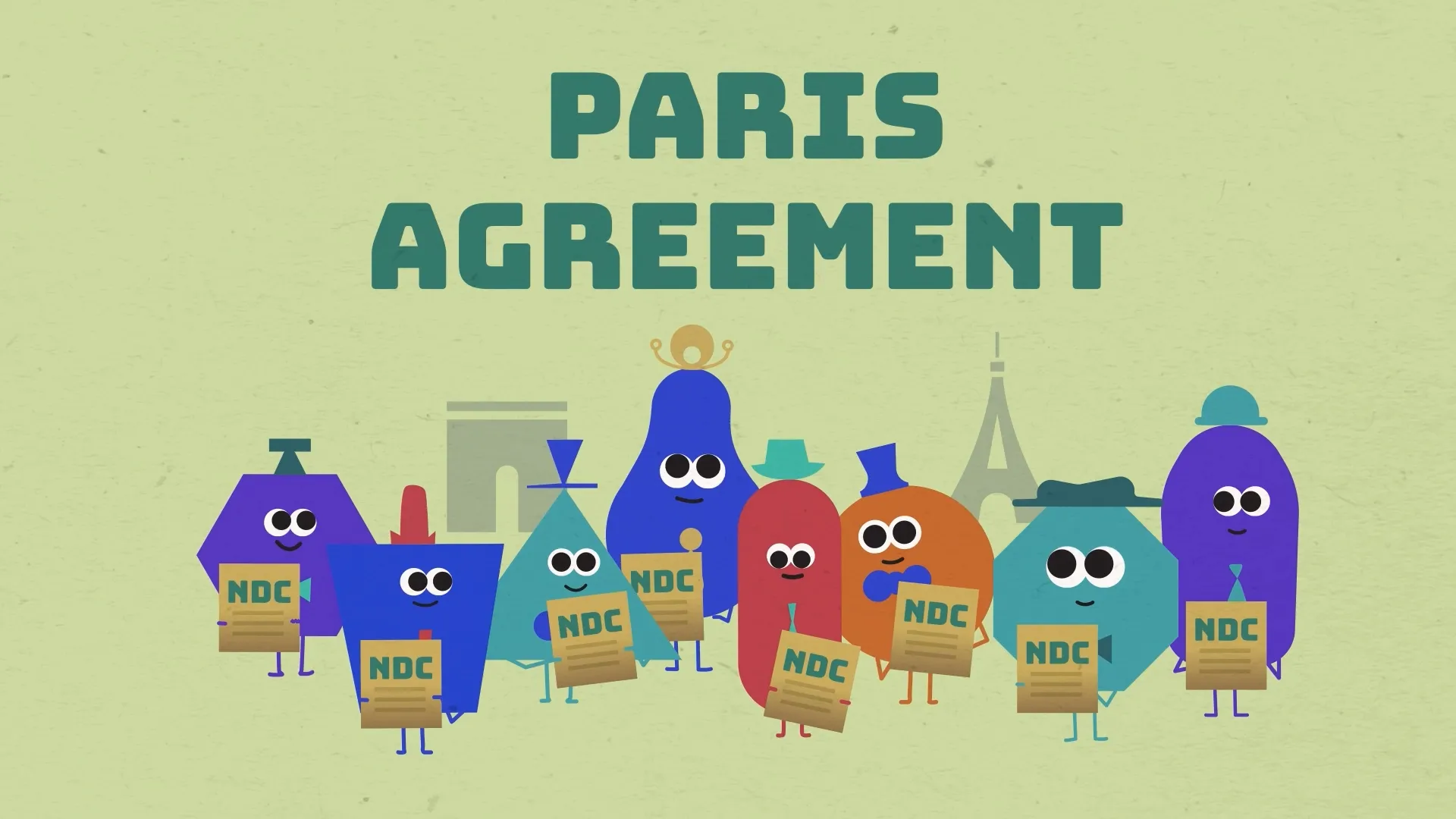How the Paris Agreement Helps Stop Climate Change
The Paris Agreement offers the world a pathway for addressing climate change, but challenges persist.
The Paris Agreement was a landmark international treaty that established a framework for the world to work together in the fight against climate change.
It set targets for how much to limit global warming, created a process for countries to commit to emissions-reducing goals, and aimed to encourage the sharing of financial and technical resources.
The Paris Agreement didn't solve climate change, and it fails to address certain challenges, but it represents a major step in global cooperation on this critical issue.
Transcript: How the Paris Agreement Helps Stop Climate Change
The Paris Agreement was signed by nearly every country back in 2016. It provides a framework for how the world can coordinate efforts to fight climate change. The agreement established targets for limiting global warming to below 2°C above pre-industrial levels by the end of the century, and to attempt to keep it within 1.5°C overall, avoiding the more catastrophic consequences of climate change.
In order to hit those targets, the agreement primarily relies on Nationally Determined Contributions or NDCs. Each member country must submit an NDC with their national greenhouse gas reduction goals. Countries choose the goals themselves and aren't actually required to hit their goals. They are entirely voluntary, but the hope is that peer pressure from other countries, as well as pressure from their citizens at home, may compel leaders to make real attempts to hit those goals.
Countries need to submit a new NDC every five years, with each plan expected to have more ambitious goals than the last. This concept is often called ratcheting up. Each country sets its own goals, so some may choose not to ratchet up. Meanwhile, some countries are more able to achieve their goals and ratchet up faster than others. The Paris Agreement addresses this by setting up systems where countries share financing, technology and organizational knowhow.
And all of this sharing will be tracked and presented transparently so everyone knows how much each country is sharing, how much each country is receiving, and how much each country is mitigating climate change. This transparency helps countries take credit for their actions and enables more pressure to be put on slackers. It also allows experts to better track the world's progress and issue recommendations for how countries can best achieve their goals.
But many are concerned that it's not enough. Some fossil fuel producing countries are reluctant to take action, and there's worry that many countries won't follow through on their voluntary commitments because there are no concrete consequences. And even if the Paris targets are achieved, small island countries will still face catastrophic effects from climate change. So the Paris Agreement alone won't stop climate change, but hopefully countries can build off its framework and take more meaningful action.



